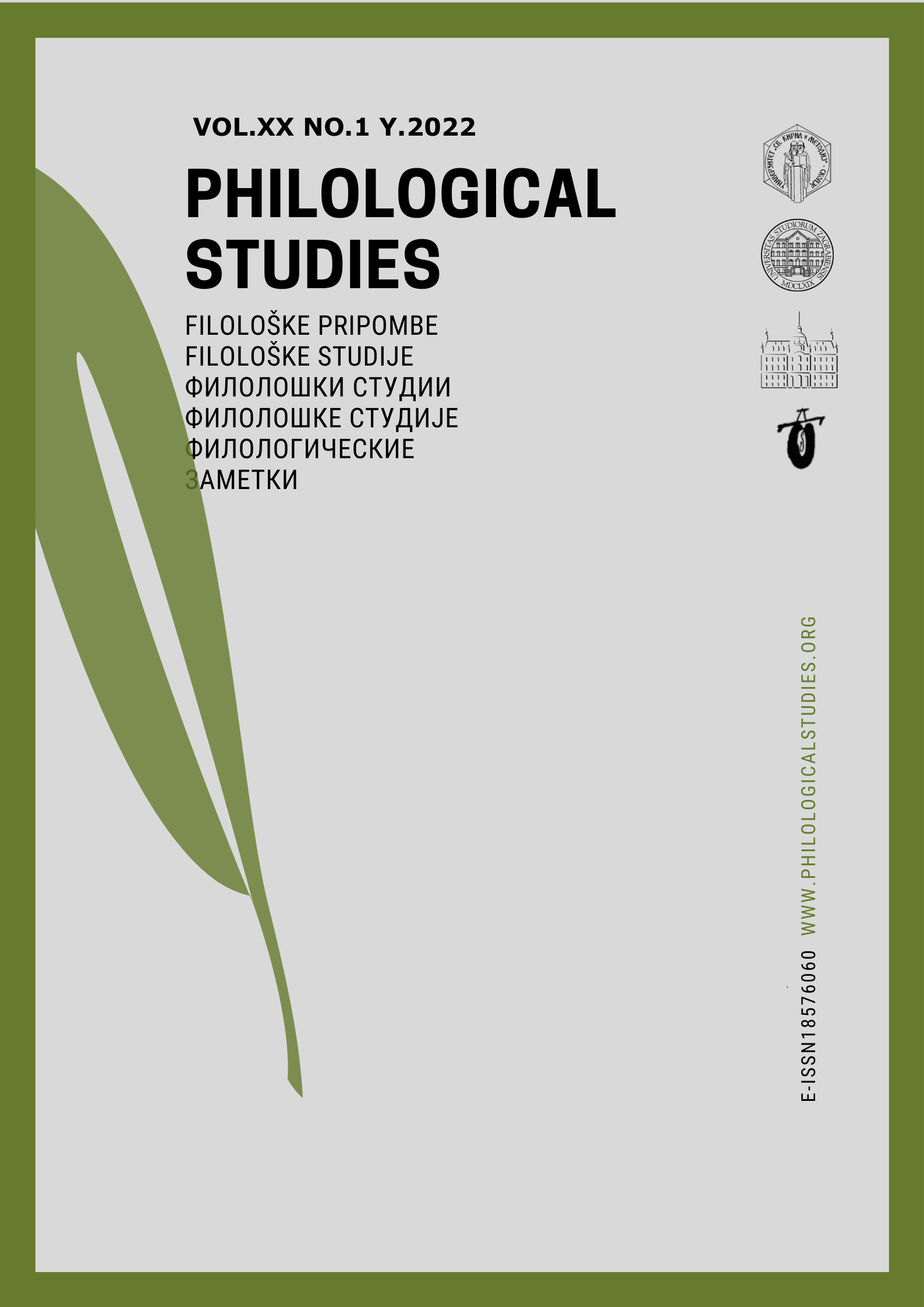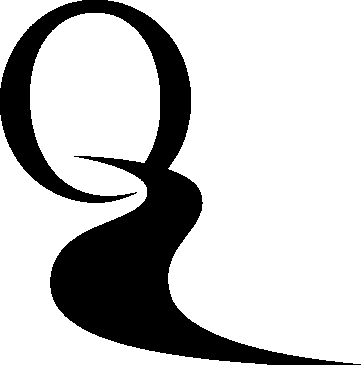MULTILITERACY APPROACH TO EDUCATIONAL CURRICULA AND THE APPLICABILITY OF COMICS AS POLYCODED TEXTS IN THE DEVELOPMENT OF DIFFERENT LEVELS OF FUNCTIONAL LITERACY
Abstract
An intensely digitalized world and the new forms of text-mediated communication, which increasingly include texts in which information is transmitted through various coding systems/modes (verbal, visual, auditory, tactile, etc.), suggest that literacy should be considered as a plural phenomenon (i.e. multiliterary and multimodal), and text as a polycoded and multimodal product. In this paper we are not interested in considering all the different approaches to defining texts, rather we will approach the text primarily from a semiotic-cultural aspect, i.e. culture as text and text as a heterogeneous complex multimodal phenomenon that "embodies" reality with the help of different sign systems. The focus of our interest will be on multiliteracy approaches in the creation and reading of texts, as well as new pedagogical practices and educational curricula that would develop functional literacy, and the recognition of different semiotic systems, and would also encourage individual critical thinking from an early age. To this end, we first look at the different terminology used when talking about multiliteracy and point out the similarities, differences, and the need for a distinction between multiliteracy, multimodality, and polycodedness in the processes of reception of texts and of their interpretation. In conclusion, we devote our attention to comics as polycoded texts, which, we believe, are undeservedly underestimated in the context of educational curricula and literary criticism, as well as analyze comics as excellent means for the adoption of multiliteracy and the development of different levels of functional literacy in young people.
Downloads
References
Ламева, Бети, Андонова Митревска, Тања, Михајловска, Билјана, Јорданова, Даниела. (2021). Извештај за постигнувањата на учениците во Република Северна Македонија од пробното тестирање PISA 2022, Скопје: Државен испитен центар. URL: https://dic.edu.mk/wp-content/uploads/2017/03/PISA-izvestaj-2018-19.pdf (пристапено на 21.3.2022). [Lameva, Beti. Mitrevska, Tanja. Mihajlovska, Biljana. Jordanova, Daniela. (2021). Izveštajza postignuvanjata na učenicite vo Republika Severna Makedonija od probnoto testiranje PISA 2022, Skopje: Državen ispiten centar. URL: https://dic.edu.mk/wp-content/uploads/2017/03/PISA-izvestaj-2018-19.pdf]. (In Macedonian).
Ламева, Бети. (2020). Анализа од постигнувањата на учениците во Република Северна Македонија – PISA 2018, Скопје: Државен испитен центар. URL: https://dic.edu.mk/wp-content/uploads/2017/03/izvestaj-probno-PISA-10122021-1.pdf (пристапено на 21.3.2022). [Lameva, Beti. (2020). Analiza od postignuvawata na učenicite vo Republika Severna Makedonija – PISA 2018, Skopje: Državen ispiten centar. https://dic.edu.mk/wp-content/uploads/2017/03/izvestaj-probno-PISA-10122021-1.pdf (пристапено на 21.3.2022).]. (In Macedonian).
Anisimova, Elena. (2003). Lingvistika Teksta i Mezhkulturnaja Kommunikacija (na Materiale Kreoliozovannyh Tekstov). Moscow: Akademija.
Anstey, Michèle, Bull, Geoff. (2018). Foundation of Multiliteracies Reading, Writing and Talking in the 21th Century. London and New York: Routledge.
Bull, Geoff, Anstey, Michèle. (2019). Elaborating Multiliteracies Through Multimodal Texts Changing Classroom Practices and Developing Teacher Pedagogies. London and New York: Routledge.
Cazden, Courtney et al. (The New London Group). (1996). A Pedagogy of Multilieracies: Designing Social Futures. Harvard Educational Review Vol. 66 No. 1 Spring 1996. 60-92.
Cherif, M.C. (2021). Comics in Education: Benefits and attitudes. The Artifice. URS: https://the-artifice.com/comics-education/ (accessed on March 27, 2022).
Chu, Kin-wai, Coffey, Simon. (2015). Multimodal Analysis of Graphic Novels: A Case Study Featuring Two Asian Women Travelers. Intercultural Communication Studies XXIV (1), 145-166.
Dong, Lan, Weiner, Robert G. (Eds.). (2012). Teaching Comics and Graphic Narratives Essays on Theory, Strategy and Practice. Jefferson, North Carolina and London: McFarland & Company, Inc.
Eisner, Will. (1985). Comics and Sequential Art. Tamarac, Florida: Poorhouse Press.
Fairclough, Norman. (2013). Critical Discours Analysis The Critical Study of Language. London and New York: Routledge.
Garaeva Jurevna, Viktoriya, Vashunina Vladimirovna, Irina. (2021). Polycode: Creolized Text as Manipulation Means. Rev. EntreLinguas, Araraquara, v. 7, n. esp. 1, 235-245.
Kalantzis, Mary, Cope, Bill (Eds.). (2000). Multiliteracies Literacy learning and the design of social futures. London and New York: Routledge.
Kukkonen, Karin. (2013). Studying Comics and Graphic Novels. Oxford: John Wiley & Sons, Ltd.
Lukyanova, Svetlana et. al. (2020). A Polycode Text in Different Types of Mass Media Discourse. European Proceedings of Social and Behavioural Sciences, International Scientific and Practical Conference MAN. SOCIETY. COMMUNICATION. URL: https://doi.org/10.15405/epsbs.2021.05.02.135 (accessed on March, 23, 2022).
McCloud, Scott. (1993). Understanding Comics The Invisible Art. New York: HarperCollins Publishers Inc.
McCloud, Scott. (2000). Reinventing Comics. New York: HarperCollins Publishers Inc.
Novospasskaya N.V., Zou Huajing. (2021). The Formation of Polycode Text Theory. Вестник Российского университета дружбы народов. Серия: Теория языка. Семиотика. Семантика. 2021.Т. 12. No. 2. 501—513.
Pervukhina, Svetlana, Lysova, Olga. (2021). Ways of text adaptation by means of creolization in pedagogical discourse. E3S Web of Conferences 273, 12162. URL: https://doi.org/10.1051/e3sconf/202127312162 (accessed on March 21, 2022).
Semeniuk,Tetiana, Gordienko,Yulia. (2018). From Text to Polycode Text: Semiotic Changes in Text Production. Research Trends in Modern Linguistics and Literature, International Journal Volume 1. 122-134.
Watkins, Robert. (2018) Comic Con(nection): Envisaging Comics as a Multimodal Ensemble that Teaches Core Visual Writing. Journal of Teaching Writing. Vol.33.2. 15-44. URL: https://journals.iupui.edu/index.php/teachingwriting/article/view/23306 (accessed on March 21, 2022).
Copyright (c) 2022 Gabriela Ivanovska

This work is licensed under a Creative Commons Attribution-NonCommercial-NoDerivatives 4.0 International License.
Philological studies © 2019. This work is licensed under a Creative Commons Attribution-Noncommercial-No Derivative Works 3.0 Unported License










